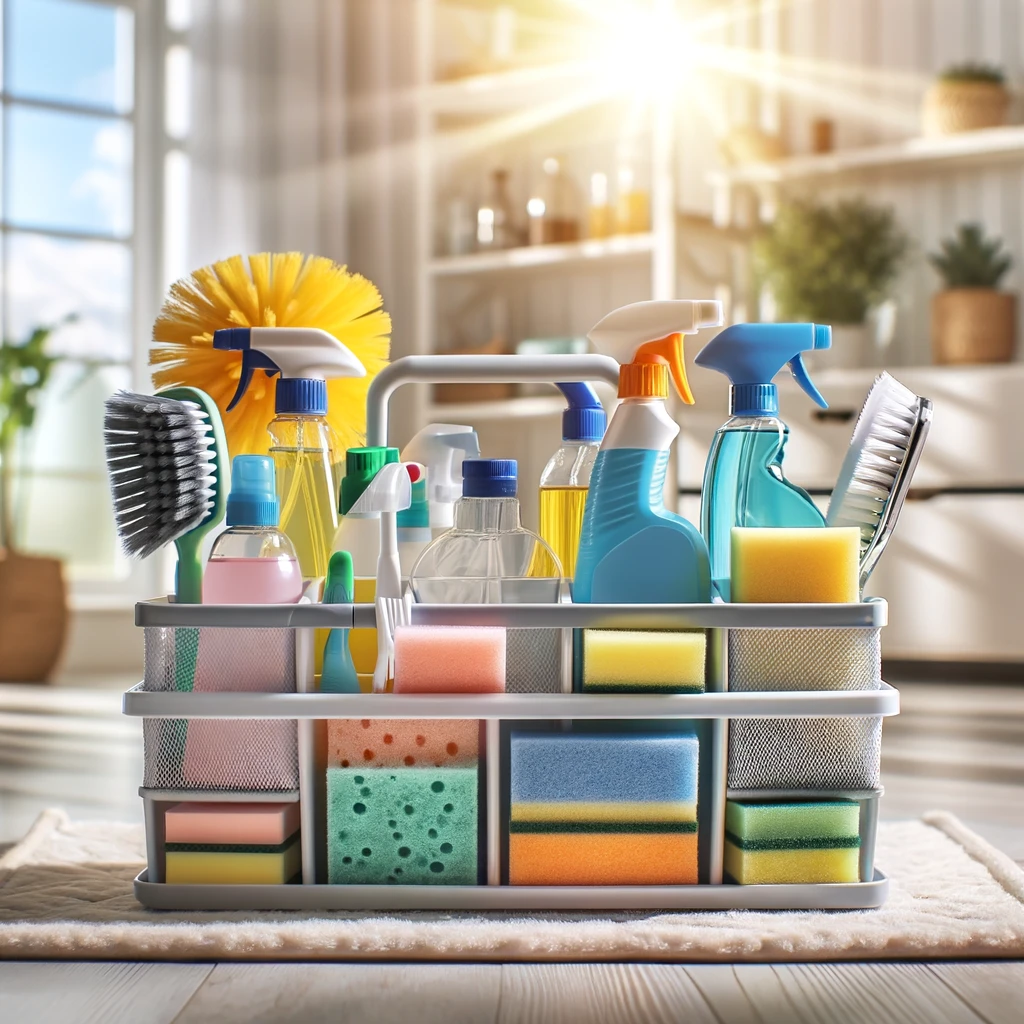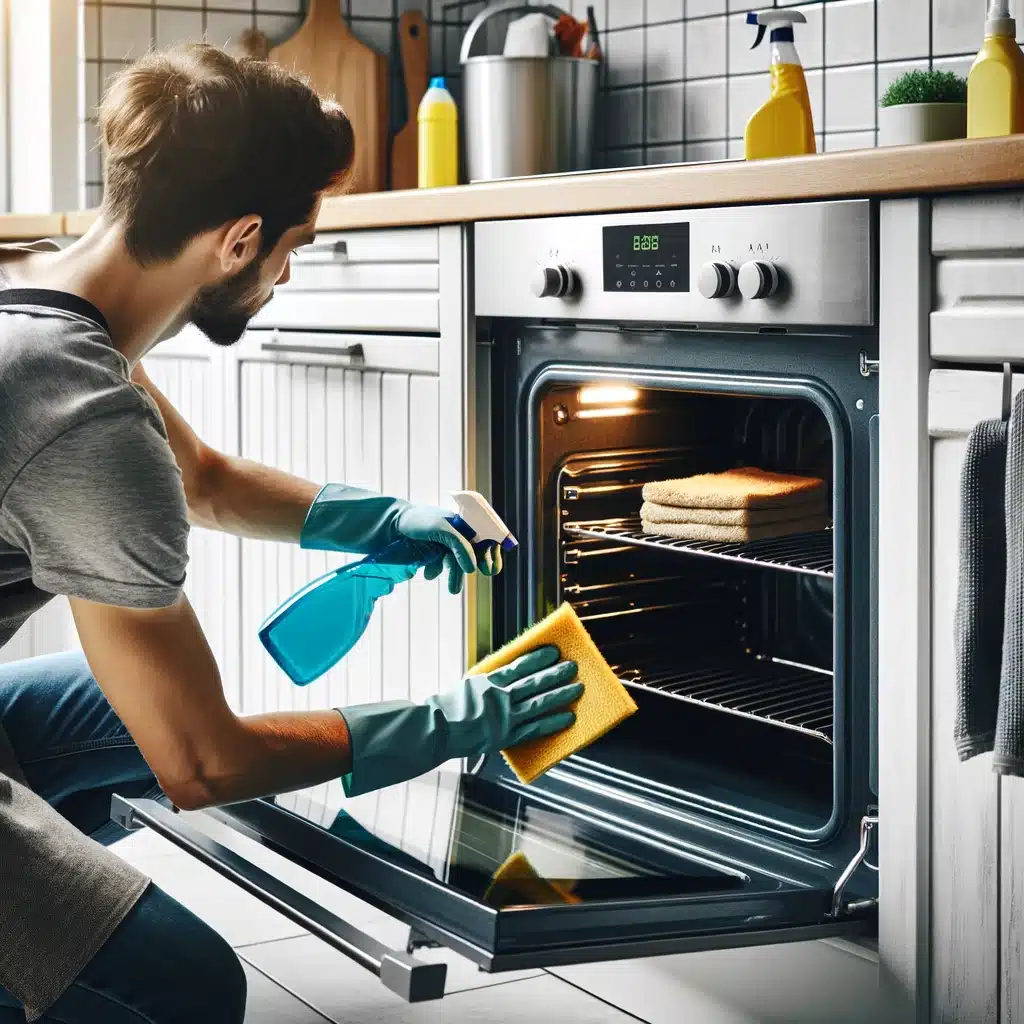How to Create a Weekly Cleaning Schedule: 5 Tips for Success
Keeping a tidy home can be a daunting task, especially when you have a busy schedule. But fear not! A well-organized cleaning schedule can help you manage your chores without feeling overwhelmed. Here are five tips to create a weekly cleaning schedule that will keep your home sparkling clean and your mind at ease. 1. Assess Your Cleaning Needs Before diving into creating a cleaning schedule, take a moment to assess what needs to be cleaned in your home. This crucial first step sets the foundation for an effective and manageable routine. Start by walking through each room of your house and noting the areas that require regular attention. Your kitchen, for example, is likely a high-traffic area that needs daily upkeep due to frequent cooking and eating activities. Similarly, bathrooms often demand more frequent cleaning because they are used multiple times a day by everyone in the household. Next, consider spaces like the living room and bedrooms. While these areas might not need daily deep cleaning, they still benefit from regular tidying and occasional thorough cleaning to maintain a comfortable and welcoming environment. Hallways and entryways, often overlooked, are also essential to include in your cleaning schedule as they are the first places guests see when they enter your home. Keeping these areas clean sets a positive tone for the rest of the house. Identifying high-traffic areas that need more frequent cleaning and less-used spaces that can be tackled less often is a key aspect of this assessment. For instance, while your kitchen and bathrooms might need daily or every-other-day attention, rooms like the guest bedroom or storage areas can be scheduled for a more infrequent, monthly cleaning. This initial assessment helps you allocate your time and resources more efficiently, ensuring that no area of your home is neglected while also preventing you from feeling overwhelmed by your cleaning tasks. 2. Divide Tasks by Frequency Not all cleaning tasks need to be done every day, and understanding this can save you a lot of time and stress. Dividing tasks by frequency ensures that you cover all necessary cleaning duties without spending your entire day cleaning. This approach helps in creating a balanced cleaning schedule that keeps your home clean and orderly, while also allowing you time for other important activities and relaxation. Daily tasks typically include those essential chores that keep your home looking and feeling tidy on a day-to-day basis. This might involve doing the dishes, wiping down countertops, and tidying up common areas like the living room and kitchen. These daily activities help maintain a basic level of cleanliness and prevent dirt and clutter from building up, making your weekly cleaning tasks much easier to manage. Weekly tasks are those that need to be done regularly but not necessarily every day. This could include vacuuming, mopping floors, cleaning bathrooms, and dusting surfaces. These chores ensure that deeper levels of cleanliness are maintained throughout your home. By tackling these tasks once a week, you can prevent grime and dust from accumulating, which keeps your living environment healthier and more pleasant. Finally, some tasks can be scheduled on a monthly basis. These might include cleaning windows, washing bedding, and organizing closets. By handling these less frequent chores monthly, you ensure that every part of your home gets the attention it needs without overwhelming your weekly cleaning schedule. 3. Set Realistic Goals One of the biggest pitfalls of creating a cleaning schedule is setting unrealistic goals. It’s easy to get overly ambitious when you’re motivated to start fresh, but this often leads to frustration and burnout. To create a sustainable and effective cleaning schedule, you must be honest about how much time you can realistically dedicate to cleaning each day. If your mornings are usually hectic, and you only have about 15 minutes before heading out the door, don’t overburden yourself with tasks that require more time. Similarly, if your evenings are the only time you can clean, allocate your tasks accordingly. Setting small, achievable goals for each day is essential for maintaining momentum and avoiding feelings of being overwhelmed. For example, you might designate Monday as the day for tackling the kitchen, focusing on tasks such as cleaning the countertops, wiping down appliances, and mopping the floor. By concentrating on one room or a specific set of tasks each day, you can manage your time more effectively and make the process less daunting. Tuesday could then be reserved for cleaning the bathrooms, including scrubbing the shower, wiping down mirrors, and sanitizing the toilet. This way, you break down your cleaning schedule into manageable chunks, making it more approachable and less intimidating. Moreover, setting realistic goals ensures that you don’t overcommit yourself and can maintain consistency in your cleaning routine. It’s better to achieve small goals regularly than to set large, unattainable goals that you can’t keep up with. This approach not only keeps your home cleaner on a regular basis but also helps you build a habit of consistent cleaning. Over time, these small daily efforts add up, leading to a more organized and spotless home without overwhelming yourself. 4. Create a Flexible Schedule Life is unpredictable, and sometimes your planned cleaning tasks might not get done. That’s okay! It’s essential to create a cleaning schedule that is flexible and can accommodate the unexpected changes that inevitably arise. If you miss a day due to a busy work schedule or an unforeseen event, don’t stress about it. The key is to be adaptable and understand that it’s perfectly fine to adjust your schedule as needed. Flexibility in your cleaning schedule allows you to maintain consistency without the added pressure of sticking to a rigid plan. A flexible cleaning schedule also means having the ability to shift tasks around without feeling guilty or overwhelmed. For instance, if you planned to vacuum on Wednesday but couldn’t get to it, simply move that task to Thursday or another day that works better for you. This approach helps to alleviate
How to Create a Weekly Cleaning Schedule: 5 Tips for Success Read More »


